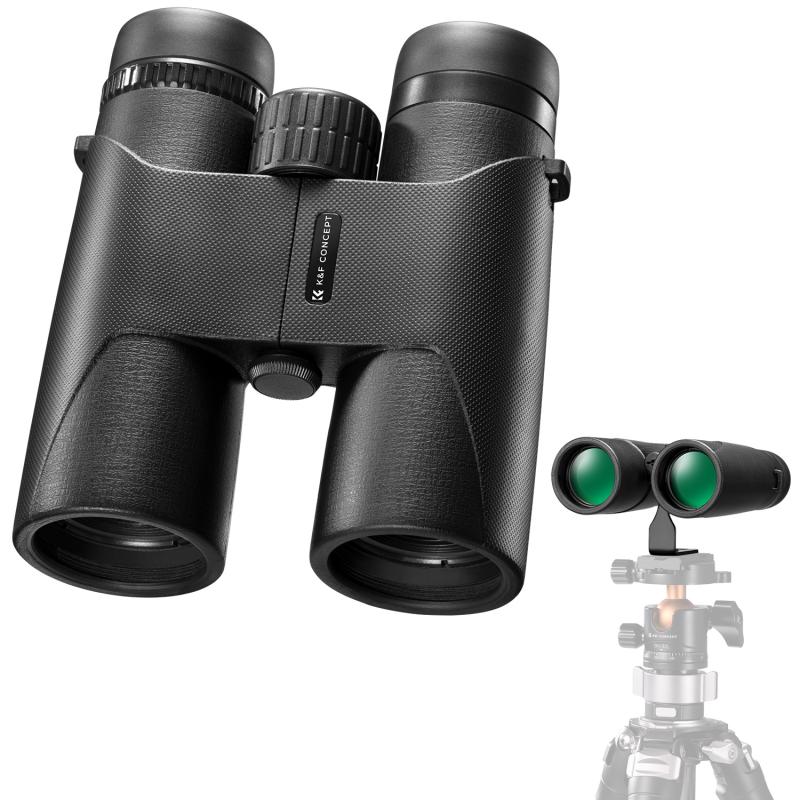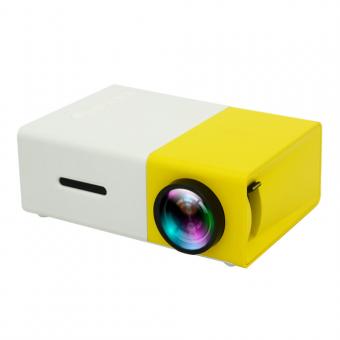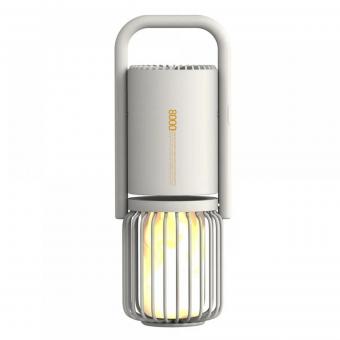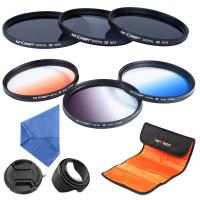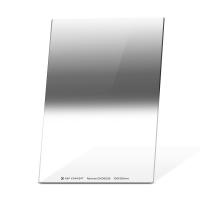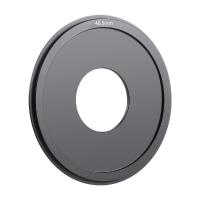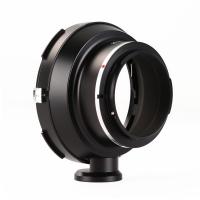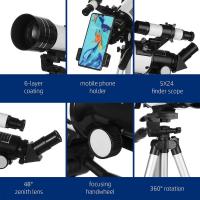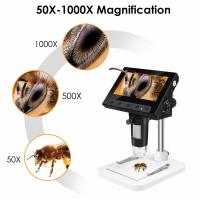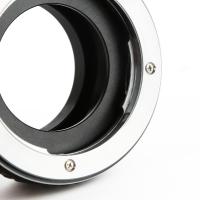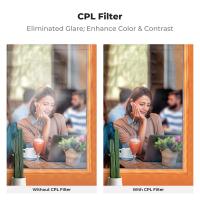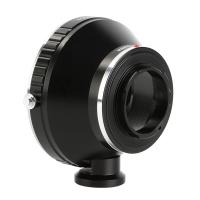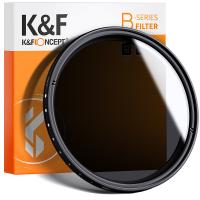What Is The Resolving Power Of Light Microscope ?
The resolving power of a light microscope is the ability to distinguish two closely spaced objects as separate entities. It is determined by the wavelength of light used and the numerical aperture of the lens system. The theoretical limit of resolution for a light microscope is approximately 200 nanometers, which is the size of a small bacterium. However, with the use of specialized techniques such as confocal microscopy and super-resolution microscopy, it is possible to achieve resolutions of up to 20 nanometers, allowing for the visualization of individual molecules and cellular structures.
1、 Numerical aperture
The resolving power of a light microscope is the ability to distinguish two closely spaced objects as separate entities. It is determined by the numerical aperture (NA) of the microscope's objective lens. The NA is a measure of the lens's ability to gather light and is determined by the refractive index of the medium between the lens and the specimen, as well as the angle of the cone of light entering the lens.
The formula for calculating the resolving power of a light microscope is given by the Abbe equation:
Resolution = 0.61 x λ / NA
Where λ is the wavelength of light used in the microscope. The smaller the wavelength, the higher the resolving power. However, the wavelength of visible light is limited to around 400-700 nm, which means that the maximum resolving power of a light microscope is around 200 nm.
Recent advancements in microscopy techniques have allowed for the use of super-resolution microscopy, which can achieve resolutions beyond the diffraction limit of light. These techniques include stimulated emission depletion (STED) microscopy, structured illumination microscopy (SIM), and single-molecule localization microscopy (SMLM). These techniques use various methods to overcome the diffraction limit and achieve resolutions as low as a few nanometers.
In conclusion, the resolving power of a light microscope is determined by the numerical aperture of the objective lens, and the maximum resolution is limited by the wavelength of light used. However, recent advancements in microscopy techniques have allowed for the achievement of resolutions beyond the diffraction limit of light.
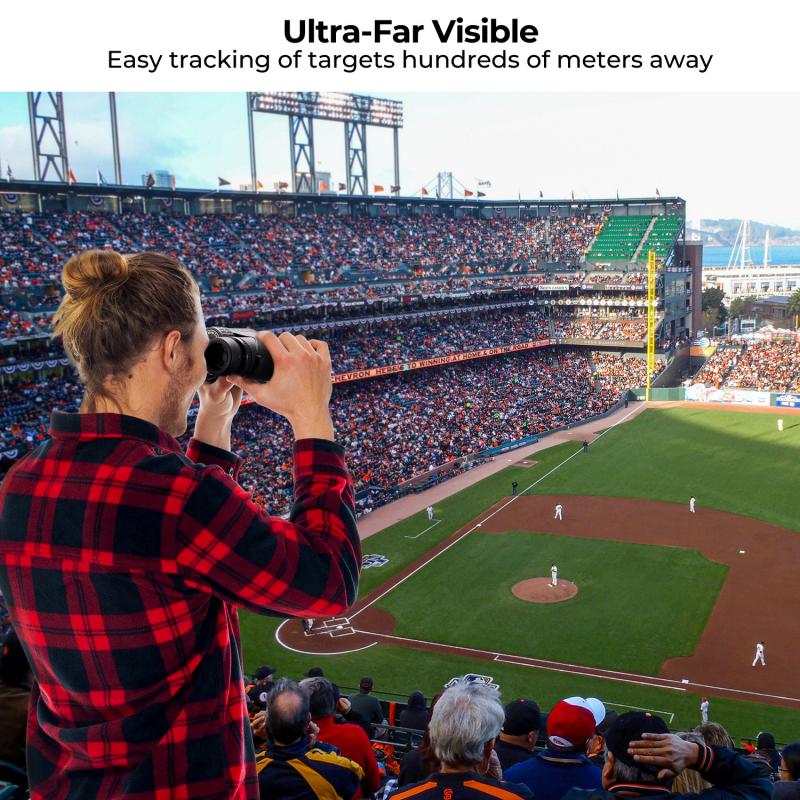
2、 Wavelength of light
The resolving power of a light microscope refers to its ability to distinguish two closely spaced objects as separate entities. It is determined by the wavelength of light used in the microscope and the numerical aperture of the objective lens. The resolving power of a light microscope is limited by the diffraction of light, which causes the image of a point source to be spread out into a diffraction pattern.
The resolving power of a light microscope is proportional to the wavelength of light used. The shorter the wavelength, the higher the resolving power. However, the practical limit for the resolving power of a light microscope is around 200 nanometers, which is the wavelength of blue light. This means that two objects closer than 200 nanometers cannot be distinguished as separate entities using a light microscope.
Recent advancements in microscopy techniques have allowed for the use of super-resolution microscopy, which can overcome the diffraction limit of light microscopy. These techniques, such as stimulated emission depletion (STED) microscopy and structured illumination microscopy (SIM), use various methods to manipulate the light and achieve resolutions beyond the diffraction limit. This has allowed for the visualization of structures and processes at the nanoscale level, which was previously impossible with conventional light microscopy.
In conclusion, the resolving power of a light microscope is limited by the wavelength of light used, with a practical limit of around 200 nanometers. However, recent advancements in super-resolution microscopy techniques have allowed for resolutions beyond the diffraction limit, enabling the visualization of structures and processes at the nanoscale level.
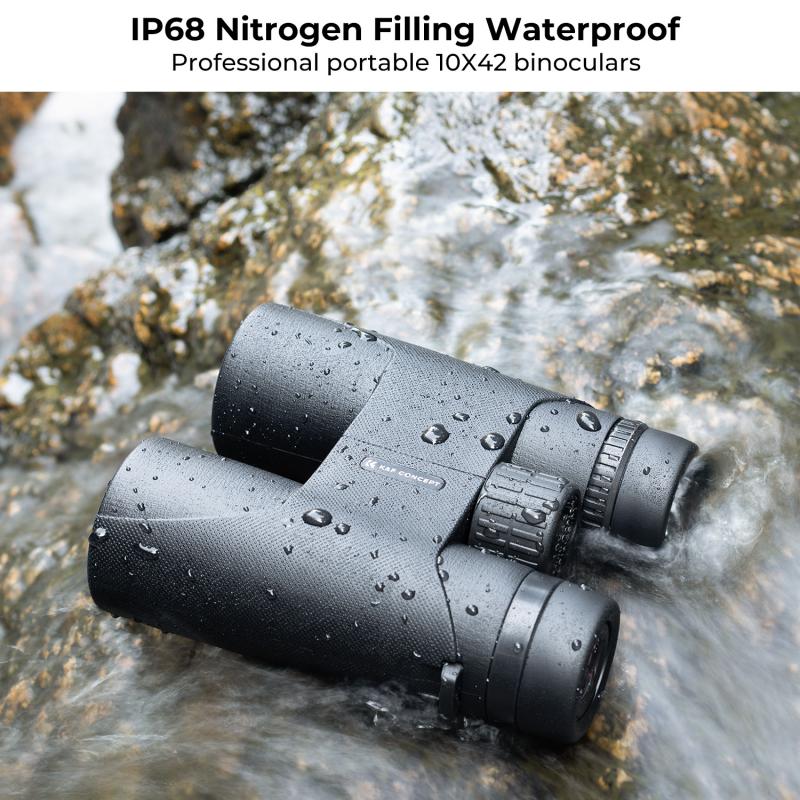
3、 Refractive index of medium
The resolving power of a light microscope refers to its ability to distinguish two closely spaced objects as separate entities. It is determined by the wavelength of light used and the numerical aperture of the lens system. The theoretical limit of resolution for a light microscope is approximately 200 nanometers, which is the size of a small bacterium. However, in practice, the resolving power is often limited by factors such as aberrations in the lens system and the quality of the specimen being observed.
The refractive index of the medium in which the specimen is immersed also plays a role in the resolving power of a light microscope. The refractive index is a measure of how much a material bends light as it passes through it. When light passes through a medium with a higher refractive index than air, such as oil or water, it is bent more, which can improve the resolution of the microscope. This is because the increased bending of light allows for a greater angle of light to enter the lens, which increases the numerical aperture and improves the resolving power.
Recent advances in microscopy techniques, such as super-resolution microscopy, have pushed the limits of resolution beyond the theoretical limit of light microscopy. These techniques use fluorescent molecules that can be switched on and off to create images with resolutions as small as a few nanometers. However, these techniques require specialized equipment and are not yet widely available.
In conclusion, the resolving power of a light microscope is determined by the wavelength of light used, the numerical aperture of the lens system, and the refractive index of the medium in which the specimen is immersed. While recent advances in microscopy techniques have pushed the limits of resolution beyond the theoretical limit of light microscopy, the resolving power of a light microscope remains an important tool for many applications in biology and medicine.
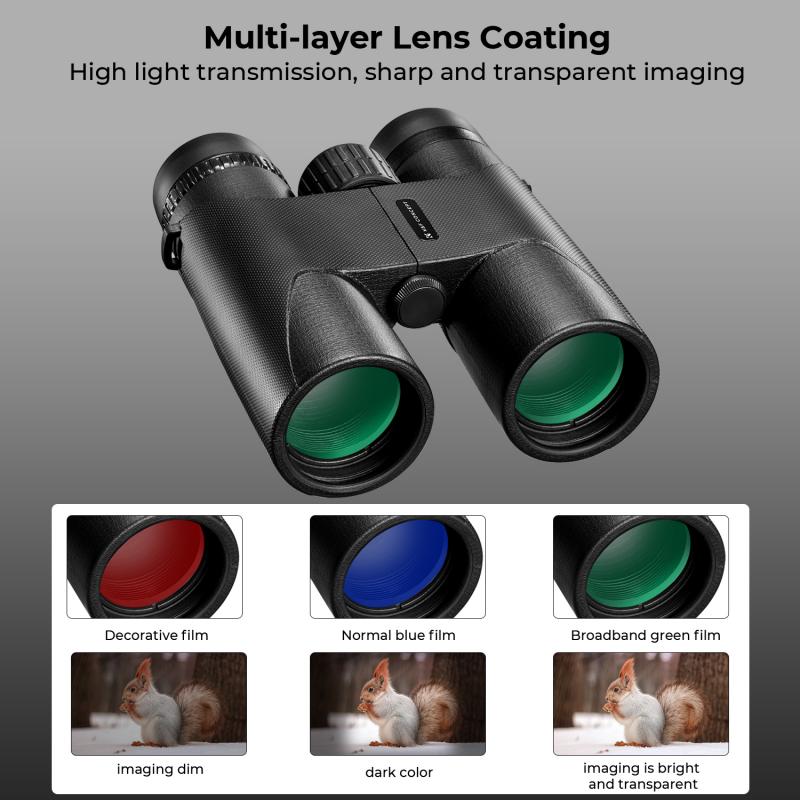
4、 Abbe's limit
The resolving power of a light microscope refers to its ability to distinguish two closely spaced objects as separate entities. Ernst Abbe, a German physicist, established a theoretical limit for the resolving power of a light microscope in 1873, known as Abbe's limit. According to Abbe's limit, the maximum resolution of a light microscope is approximately half the wavelength of the light used to illuminate the specimen. This means that the smallest distance between two points that can be resolved by a light microscope is around 200 nanometers.
However, recent advancements in microscopy techniques have challenged Abbe's limit. Super-resolution microscopy techniques, such as stimulated emission depletion (STED) microscopy and structured illumination microscopy (SIM), have enabled researchers to achieve resolutions beyond Abbe's limit. These techniques use various methods to overcome the diffraction limit of light, allowing for resolutions as low as 20 nanometers.
Despite these advancements, Abbe's limit remains a fundamental concept in microscopy and is still widely used as a benchmark for the resolving power of light microscopes. It is important to note that the resolving power of a microscope is not solely determined by its optics but also by the quality of the specimen preparation and imaging conditions. Therefore, achieving the highest possible resolution requires a combination of advanced microscopy techniques and careful experimental design.
